Cleanroom News, Internet of Things, Robots
Is IoT Tech the New Foot Soldier in Hand Hygiene Compliance?
The modern hospital is the most advanced locus of public healthcare ever seen. When state-of-the-art technology combines with cutting-edge medical techniques the result is a level of unparalleled excellence in patient care. From treating outpatient cuts and scratches to acute ICU care or open heart surgery, today’s medical professionals are more highly trained than ever before, with expectations of continued education and training rounding out their competencies in an ever upward spiral.
And in addition to extreme levels of professional achievement, our fundamental grasp of the impact of the clinical environment upon patients is also better than ever. Gone are the days of cold, impersonal clinicians devoid of empathy who saw medical science as ‘reflected through a prism of ethnicity and class [where germs] became the surrogates for older class distinctions.’(1) And gone are the restricted visiting hours and perception of patient’s relatives as being a nuisance to be minimized. In contemporary facilities, we now see a market-driven economy where restaurants, shops, and hotel-grade accommodations thrive as they compete for patients’ dollars. But one thing has remained the same: hospitals wards, with their crisply turned down linens, have always been considered bastions of cleanliness and clinical sterility, safe and protected environments in which to receive medical care and to heal. And the fight to maintain this tradition continues. But there are areas in any hospital in which contamination may be found and it is not always the places you might initially think…
Given the likely presence of blood and other bodily fluids, the layperson – if pressed to guess – might suggest the operating room as being the site of greatest potential contamination. But according to an article published by the Association for the Healthcare Environment, the reality is much less dramatic. In fact, the most contaminated areas of any medical facility are actually the most mundane. They are those that see the most traffic on any given day – the restrooms.(2) In ‘What Are Healthcare Restrooms Telling Us?’ author Mitch Birchfield suggests that the sheer number of high touch areas (HTOs) – such as doorknobs, sinks, handrails, dispensers, and handles – make hospital restrooms hotspots for pathogenic contamination. Just take a moment to combine the number of users with the nature of their business and multiply that by the number of HTOs and it’s easy to see that any hospital bathroom is indeed a locus of contamination. But surprisingly, the answer to this problem is not simply to clean more. Confused? Let’s look a little closer…
Counter intuitively, the answer to minimizing contamination in hospital restrooms is not the use of touch-free devices. As Birchfield comments: “Touch-free devices don’t mean that fixtures are not touched; in fact, sensors on faucets and dispensers don’t always activate properly – this means that the faucet heads, spigots, and stainless steel […] may be contaminated. Additional problems occur with automation; sensors are placed so that flushing occurs more often than it should or when no-one is around.”(3) And who hasn’t experienced the disquieting experience of a self-flushing toilet that goes rogue, activating prematurely and without warning?

So given the importance to care of maintaining as clean an environment within a hospital as possible, what are the options? Traditionally, the answer has been rigorous monitoring by cleaning personnel who service the facilities on a fixed schedule, using accepted cleaners such as quaternary disinfectants and logging their activities to ensure compliance. But for two important reasons, this is no longer sufficient: firstly, after just one user fails in their attempt to toss a used paper towel into the trash container while deploying advanced yoga moves in an attempt to exit the room without touching the door handle, subsequent users will consider the restroom to be dirty. Even if it was just cleaned. And the second – and critically important reason – is that, although approved disinfectants are suitable for eliminating some infections, they are not 100% effective against new threats such as Methicillin-Resistant Staphylococcus Aureus (MRSA), norovirus (also known as the ‘winter vomiting bug’), or Colostrium difficile (C. diff), a potentially fatal infection. So even if a cleaning crew were situated within the restroom 24/7, the bacterial threats facing users are now smarter than our cleaning technology.
It’s time to send in the robots!
A casual You Tube search of the terms ‘robot’ and ‘cleaning’ will likely bring up a series of adorable videos of an annoyed cat wearing a costume while riding a Roomba, the popular home cleaning robot.(4) And although engagingly entertaining, that’s not what we’re talking about in this context. In terms of robotic cleaning help in hospitals, the future is somewhat less cute but decidedly more useful. Enter the world of Zappy and Violet…
With a form factor reminiscent of the Star Wars droid R2-D2, Zappy and Violet are ‘germ-zapping robots’ that work by using intense doses of ultra-violet light in the fight against contamination. And their deployment really could not be simpler. After preliminary cleaning is done by human staff, the room is prepared for maximum robot efficiency: phones are uncradled, beds stripped, remote control devices are placed within easy line of sight, and all drawers are opened. The robot then commences its first cycle, bathing the entire room in a purple glow and destroying bacteria, viruses, and even superbugs within a radius of seven feet.(5) The number of cycles run to ensure the correct cleaning will depend on the nature of the room but Zappy and Violet are both able to ready the area for an incoming patient within 10 to 20 minutes.
Xenex, the company behind the production of Zappy and Violet who are currently ‘employed’ by Henry Ford Macomb Hospital in Clinton Township, MI, was inspired by concern at the growing trend of hospital acquired infections (HAIs). Epidemiologists Dr. Julie Stachowiak and Dr. Mark Stibich founded the company with a mission to create a disruptive technology for infection control and prevention, seeing the use of light as the least harmful and most effective means of eliminating bacterial and viral vectors. And although the technology is not inexpensive – with each robotic unit costing in the region of $100,000 – it represents a powerful new tool in the arsenal of institutional hygiene. With mixed teams of automated cleaners and human counterparts, hospitals can leverage perfect cleaning performed according to ideal algorithms and human intelligence and experience to ensure that patient areas – both private and public – can be as free of contamination as possible.
But just as the greatest threat of contamination within a cleanroom environment comes from its own personnel, there is an additional area of potential threat within any hospital: medical professionals themselves. In Europe of the mid-1900s, work by Ignaz Philipp Semmelweis, a Viennese obstetrician, Louis Pasteur, a French chemist and microbiologist, and Joseph Lister, the British ‘founder of antiseptic medicine’ led to the discovery of the link between microorganisms and disease, and the critical importance of hand hygiene in rates of survival. Working with patients as diverse as women in childbirth, those undergoing an amputation, and corpses in a morgue, Semmelweis et al discovered that clinicians’ hands could be an excellent vector for disease transmission and began the movement to encourage strict hand hygiene in patient interactions.
Fast forward 362 years and we find that we still have some way to go in perfecting our hand hygiene. In a highly readable paper published in the American Journal of Medical Quality, ‘Hand Hygiene Compliance Rates in the United States – A One-Year Multicenter Collaboration Using Product/Volume Usage Measurement and Feedback,’ a baseline of hand washing compliance was established at 26% for those working within an ICU environment and 36% for those outside of those critical care environments. The ensuing study recorded the volume of sanitizing product that was consumed by medical professionals with a 12-month period and the recorded baselines rose only to 37% (for ICU staff) and 51% (for others).(6)
These are statistics that give a pause for thought.

At the time the study was released in 2009, if you found yourself in hospital it would have been statistically likely that the dedicated, extremely highly trained and competent nurse changing your IV may not have washed his hands since treating one of his other patients. Or perhaps that the junior doctor assisting in a physical examination may not have sterilized her hands since her last coffee break. Clearly there was room for improvement.
And this is where the Internet of Things (IoT) may provide the answer. Administrators of large-scale modern nursing facilities are focused on excellence in clinical care. And this means understanding not only patient flow and staff-patient ratios, but also solution management – asset management, hygiene control, and compliance monitoring. And that’s where IoT-enabled technology truly excels. Real-time location systems (RTLS) offer a way to optimize work flow processes, cutting down on wasted time otherwise spent on searching for equipment, locating staff, or tracking down patients or resources. Many RTL systems use wireless radio frequency (RF), acoustic, or optical communications to position and track a person or piece of equipment. The implementation of such systems within a hospital setting would allow for a decrease in the amount of time a patient waits alone in a consulting room, monitoring of the patient as they move within the system (perhaps from the consulting room to a lab for a blood draw), and for the automatic retrieval of necessary equipment. With both the patient and the healthcare provider wearing a badge tagged with an RF communicator, movements can be tracked and smart software can anticipate clinical needs.
And it can also ensure hand hygiene compliance.
One RTL system developed in Traverse City, Michigan, Versus, is now used in almost 1000 facilities – from hospitals to surgery centers to senior care facilities. And one thing it does is to enable the tracking of hand washing by medical professionals. When entering a room, the system notes the name of a care provider and, when a IoT-enabled smart sanitizer dispenser is activated, the cleaning action is recorded, with the entry logged into the record of medical engagement with the patient. Prior to such smart systems, statistics on hand hygiene were gathered only via third party feedback and self-reporting. But this new kind of data acquisition allows an unbiased, empirical analysis of performance both in the aggregate and for individual employees. And in the case of a non-compliant team member, performance is flagged, a potential contamination alert is generated, and the opportunity for additional training is presented.
Does it sound a little Orwellian? Is there an echo of Big Brother? Perhaps. But when it comes to personal and institutional hygiene, public health concerns within the hospital environment must be prioritized. Modern healthcare is constantly pushing the boundaries of what’s possible in patient care and medical professionals on the front line are renowned for their dedication. Indeed, it is widely known that doctors take the Hippocratic Oath, promising to work for their patients’ highest good. Less well known, however, is the fact that nursing professionals have a similar oath of their own. Taking the Florence Nightingale Pledge, composed in 1893 by Lystra E. Gretter, the nurse states the following: “I solemnly pledge […] to pass my life in purity and […] abstain from whatever is deleterious […] and devote myself to the welfare of those committed to my care.”(7) And with that in mind, the observation of fastidious hand hygiene seems a very minor inconvenience given the critical importance of their role and the noble scope of their commitment.
Do you have thoughts about robot cleaners in medical environments? Do you use an RTL system in your hospital? We’d love to know your thoughts – please add them in the comments section below!
References:
- http://www.nytimes.com/2008/01/01/health/01visi.html
- http://www.nxtbook.com/naylor/AHEQ/AHEQ0316/index.php?startid=23&qs=hospital+maintenance
- ibid
- https://www.youtube.com/watch?v=XbuaUYMwOP8
- For a demonstration, see https://www.xenex.com/
- http://journals.sagepub.com/doi/abs/10.1177/1062860609332369
- http://www.nursingworld.org/FunctionalMenuCategories/AboutANA/WhereWeComeFrom/FlorenceNightingalePledge.aspx






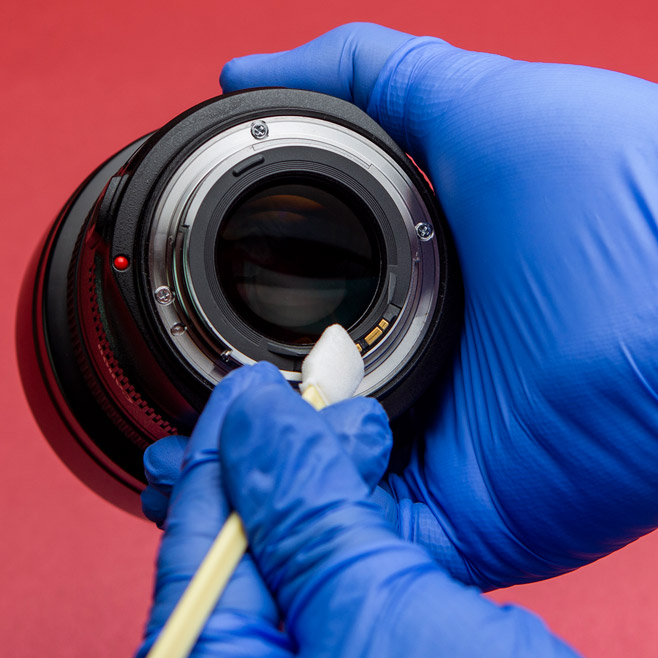



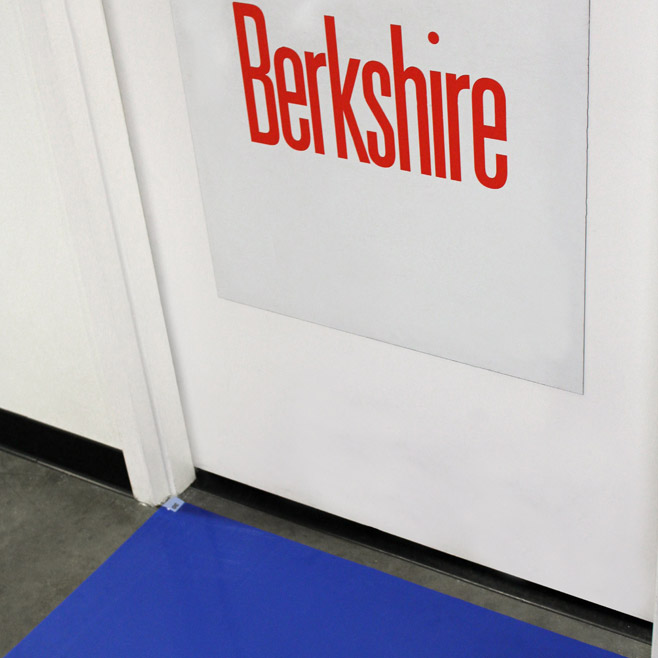




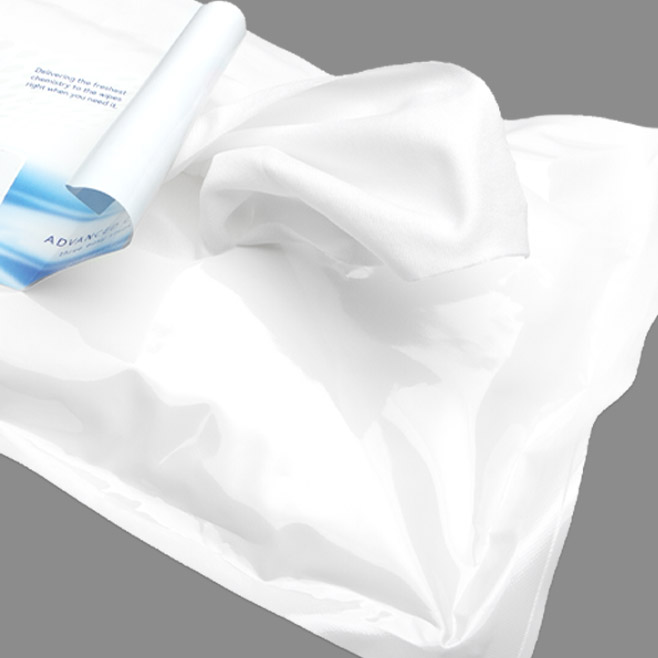
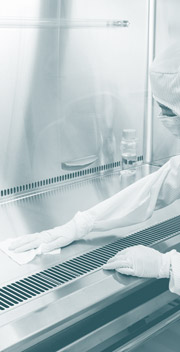

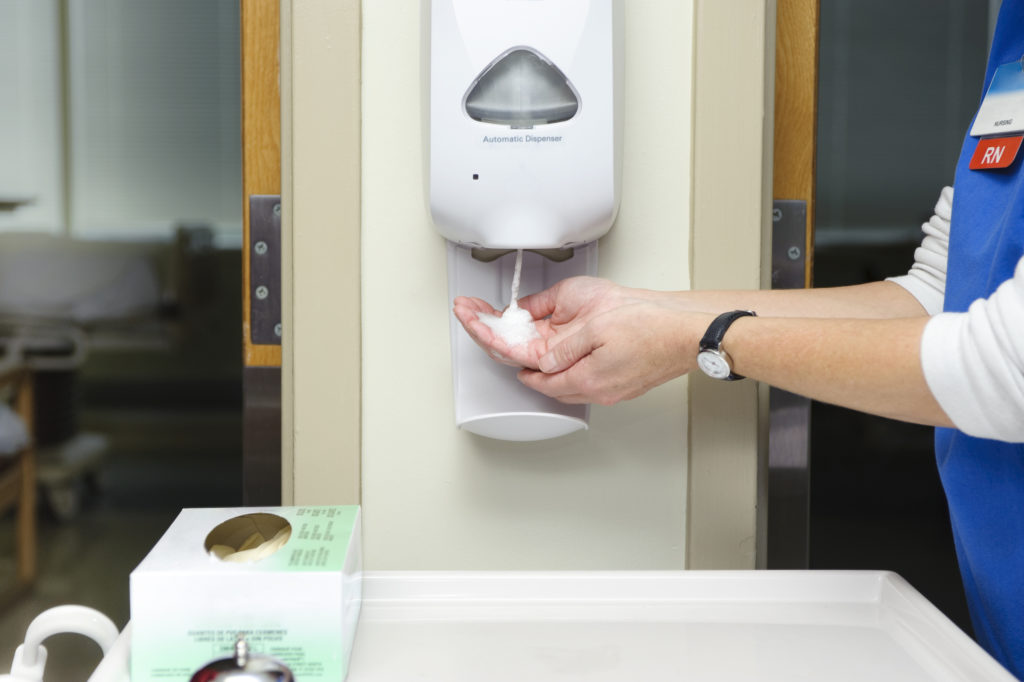

Pingback: Optical Shifts – Could Holographic Technology be Leveraged within a Cleanroom Environment? - Cleanroom News | Berkshire Corporation
Pingback: What do microfiber wipes, van der Waals forces, cell phones and geckos have in common? - Cleanroom News | Berkshire Corporation
Pingback: ¿Es IoT Tech el nuevo soldado de pie en el cumplimiento de higiene de las manos? - Productos Para Cuartos Limpios|Berkshire Mexico
Pingback: Food Poisoning – The Wedding Crasher - Food Contact Surfaces